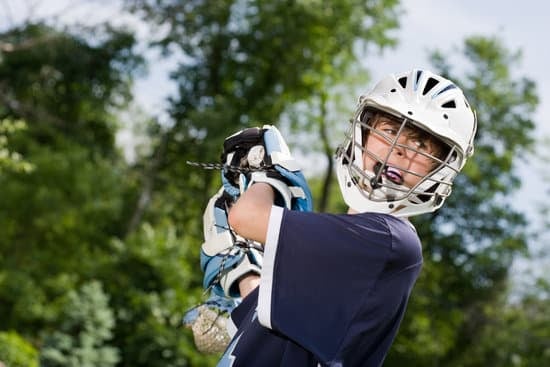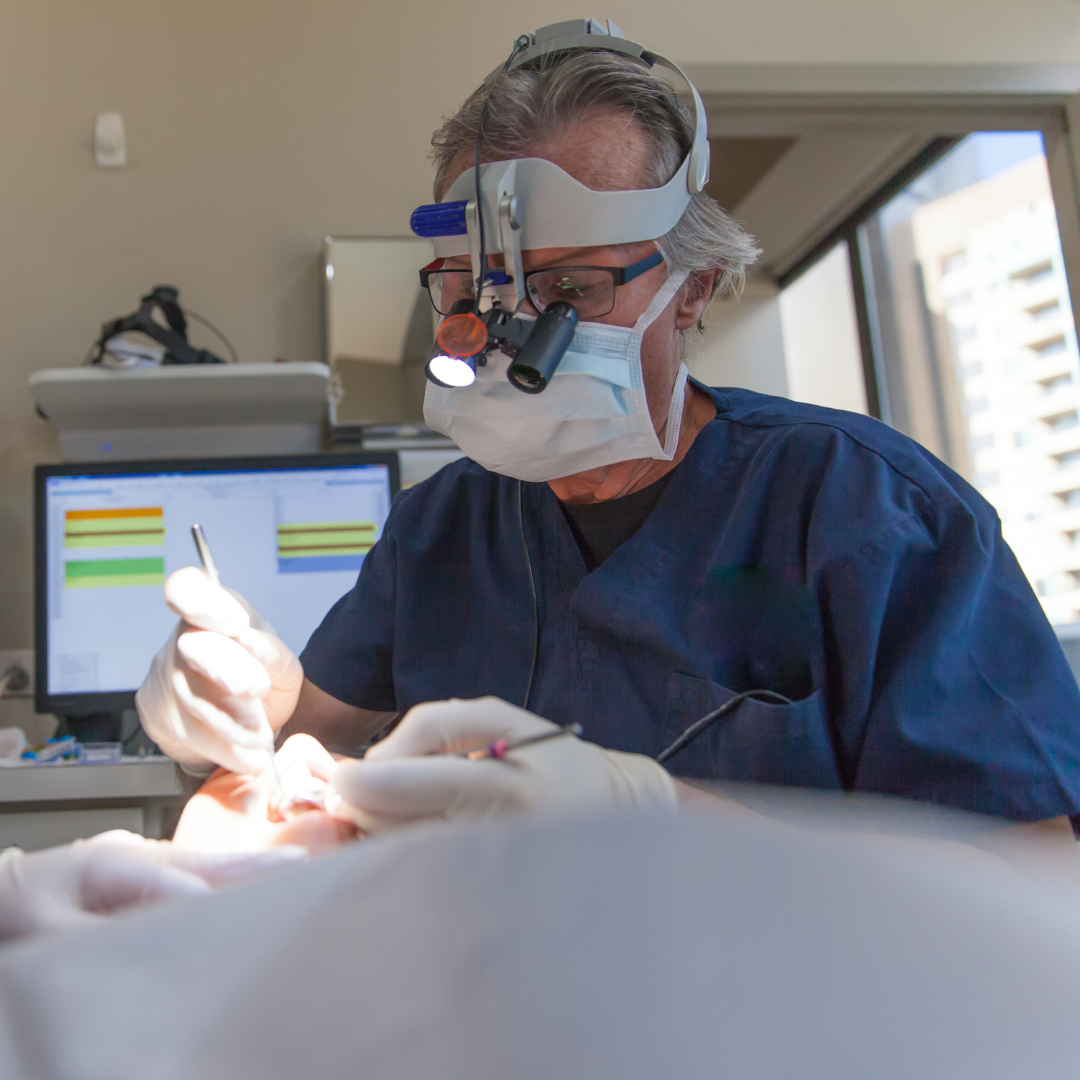Spring means the joy of outdoor activities, but National Facial Protection Month is a timely reminder that adults and children should make sure they are protecting one of their most valuable assets – their face and head.
“This month we're spreading the word to remind both children and adults: as you suit up for outdoor activities this spring, don't forget to protect your face and head,” says the American Association of Oral and Maxillofacial Surgeons (AAOMS). “Spring often brings a flood of patients suffering from head, mouth, and facial injuries resulting from sports-related accidents to doctors' offices and emergency rooms. Many oral and facial injuries can be easily prevented with the use of sports safety equipment like helmets and mouth guards.”
The AAOMS is sponsoring National Facial Protection Month in April along with the Academy for Sports Dentistry, the American Academy of Pediatric Dentistry, the American Academy of Pediatrics, the American Dental Association, and the American Association of Orthodontists.
“Together we encourage children and adults to enjoy the pleasures of the season by using common sense and taking the necessary precautions to prevent sports injuries,” says the AAOMS.
The message for the month is especially important to young people as the CDC estimates that there are some 7 million sports and recreation-related injuries that occur each year that are sustained by youth between the ages of 5 and 24.
Protect that Smile: Wearing a Mouthguard is Essential
The top tip for protecting your face is to wear a mouthguard when participating in contact or collision sports.
“Mouthguards are a smart investment in your dental health,” says a National Facial Protection Month fact sheet. “Just by wearing a mouthguard, you reduce the risk of knocking out teeth or breaking your jaw.”
National Facial Protection Month sponsors say you should consider wearing a mouthguard when doing any of the following activities or sports:
- Baseball
- Basketball
- Biking
- Boxing
- Cheerleading
- Diving
- Fencing
- Field hockey
- Figure skating
- Football
- Gymnastics
- Hockey
- Hurdling
- Inline skating
- Karate
- Lacrosse
- Motocross
- Racquetball
- Rugby
- Skateboard
- Skiing
- Soccer
- Softball
- Tennis
- Volleyball
- Weightlifting
- Wrestling
“Any time you’re engaged in an activity where your face can come in contact with something hard — say another player, a ball, the pavement, or any hard object — it’s a time that you should be wearing a mouthguard!” advises the National Facial Protection Month sponsors.
The simple act of wearing a mouthguard can prevent the needed repair of teeth and jaws which can cost patients pain and thousands of dollars. Keep in mind that by some estimates more than 5 million teeth are injured or knocked out every year, costing the American public $500 million.
How to Choose the Right Mouthguard for Your Sport or Activity
Deciding to use a mouthguard for your sport or activity is a great first step, but it can be confusing trying to select a mouthguard as there are different types.
The National Facial Protection Month breaks down the pros and cons of three common types of mouthguards available:
- Custom-Made: Custom-made from a full-mouth impression taken in the dentist’s office and sent to a dental lab for fabrication.
o Pros: Provides the most protection and comfort.
o Pros: Covers all teeth and cushions the jaw.
o Pros: No interference with speech and breathing.
o Pros: Adjustable for all sports.
o Cons: More expensive than commercially made mouthguards.
- Mouth-formed or “Boil-and-Bite”: Boiled in water for a period and then formed to the teeth by applying pressure.
o Pros: Cost effective.
o Pros: Available from department and sporting goods stores.
o Pros: Provides better individual fit than stock mouthguards.
o Cons: Tend to wear quickly and may need to be replaced during the sports season.
o Cons: Difficult to adapt to orthodontic appliances.
o Cons: Difficult to speak and breathe.
- Stock or Commercial Mouthguards: Rubber or polyvinyl and sold in small, medium, or large sizes.
o Pros: Sold in major department and sporting goods stores.
o Pros: Inexpensive.
o Cons: Cannot be modified to fit the individual’s mouth.
o Cons: Least effective in terms of protection.
o Cons: Impairs breathing and stays in place only when the mouth is closed.
National Facial Protection Month says that parents should consult their dentist or dental specialist before selecting a mouthguard for their children’s activity because different sports involve different levels of risk and potential injury.
Regardless of the type of mouthguard that is chosen, proper care of the device must be maintained including:
- Wash it in cool soapy water and rinse it off well before and after each time you use it.
- For better protection against germ build-up, brush the mouthguard with a toothbrush and toothpaste before and after each use.
- Do not chew on your mouthguard.
- Do not wear removable retainers with your mouth guard.
- Replace your mouthguard when it shows signs of wear and tear.
Other Safety Equipment to Protect Your Face
Mouthguards are crucial to protecting your teeth and jaw, but eye protection and helmets are also important to protect your face when participating in sports or other physical activities.
KidsHealth.org says that helmets can help reduce the risk of head injuries by 75 to 85 percent.
While helmets are obviously mandatory for such sports as football, hockey, lacrosse, and those batting in baseball and softball, there are other activities where helmets are viewed as optional where the protection is much needed such as:
- Skiing
- Snowboarding
- Skateboarding
- Inline skating
- Riding a bike
- Horseback riding
KidsHealth.org says to keep these helmet tips in mind:
- Your helmet should be cared for, fit well, worn consistently and correctly, and certified for use.
- For bike helmets, look for a sticker that says the helmet meets Consumer Product Safety Commission safety standards.
- Helmets should fit snugly but comfortably in a horizontal position on your head and should not tilt backward or forward.
Eyewear and full face shields can help protect your eyes when playing sports or other physical activities, reducing the risk of serious eye injury by 90 percent. KidsHealth.org advises looking for protective eye gear made of polycarbonate or Trivex lenses that have been tested for sports use. Other tips include:
- When the option is available, choose full-face shields that attach to helmets for such sports as baseball, softball, lacrosse, ice hockey, and football.
- Goggles are a good choice for soccer, basketball, racquet sports, snowboarding, skiing, and when fielding while playing baseball and softball.
- If you wear glasses, you will most likely need prescription goggles as contact lenses do not provide protection.
- Eye protection should meet the standards of the American Society for Testing and Materials (ASTM).
Remember that safety equipment, including mouthguards, helmets, and eye protection, can help keep your athletes in the game and protect them from head and face injuries.







